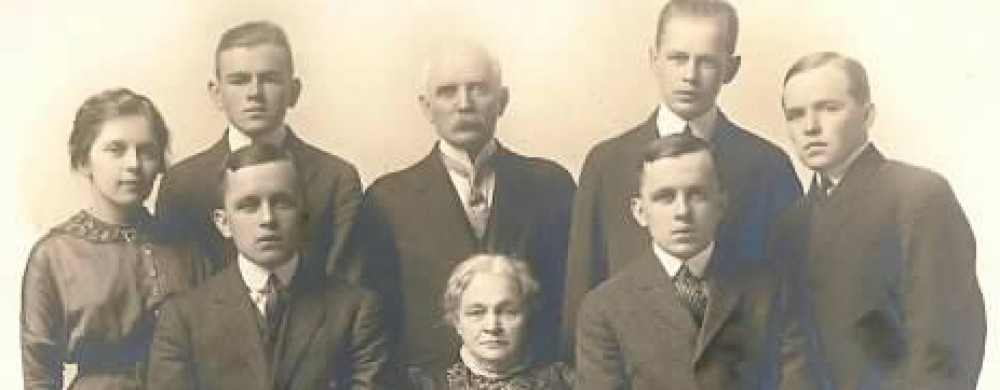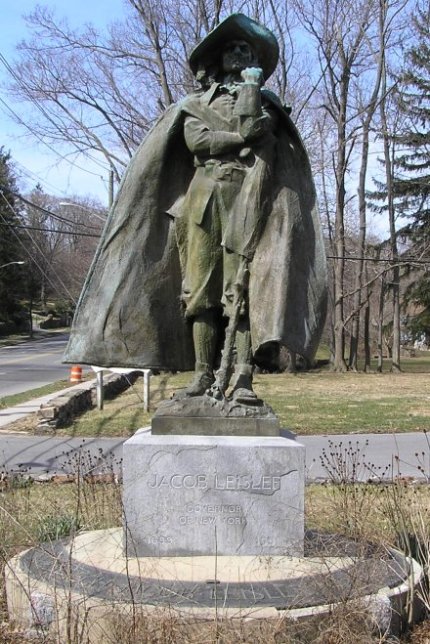I’m thankful for a sprinkling of heretics (or as they are politely called today, – Protestants) that add color to an otherwise monotonous Roman Catholic background. I owe the debt to my paternal grandfather, James Patrick Henry Roane, Senior who, in 1921, married a devout Baptist, Edna Mae Keirstead.
Nana’s line includes clergymen, even saintly men, who suffered for their faith, among them, the Reverend Obadiah Holmes, an ancestor of Abraham Lincoln. At the other end of the spectrum, is my ninth great-grandfather, George Barlow. His claim to fame is that he made people suffer for their beliefs, and worse, – he enjoyed it.
Barlow made his mark decades after the Mayflower Pilgrims established their little commonwealth in Plymouth. As that colony’s population multiplied, the founders’ ideals gave way to a new generation’s lust, — the lust for land. Families spread out and new settlements sprang up. By 1640, another 20,000 English settlers had come to New England.
The most notable arrivals disembarked further up the coast in 1630. They were another group of reformers, the Puritans. While the Pilgrims were religious refugees, chased from England to the Netherlands, the Puritans voluntarily left an England they found too tolerant.
Backed by investors expecting a good return from Massachusetts Bay, the industrious Puritans did not disappoint. The industrious newcomers rapidly established Boston as the political, commercial, financial, educational and religious center of New England. Granted authority they were denied in England (and blind to historical irony), the Puritans introduced religious persecution to the New World.
They mounted a particularly vicious campaign against the Quakers, which always struck me as odd, as I suspect it does most of us. If we modern folks know anything about this small Protestant denomination, also known as the Religious Society of Friends it’s the following:
– Quakers hold silent devotional meetings;
– Quakers organize to relieve human suffering worldwide;
– Quakers go to jail rather than kill for warring nations;
– Quakers engage in nonviolent protests against militarism and environmental destruction.
So how could the Puritans, fellow Christians, treat these peaceful souls so barbarously? Well, it turns out that present day Quakers have changed considerably since the 17th century. Shiny new Quakers were fervent believers, like new converts in any century. Among the early leaders were zealous evangelicals determined to sow god’s latest message in New World soil. But it wasn’t simple religious heresy that enraged the Puritans, – Quaker ideas threatened the social order.
Quakers believe that each human being is born with “inner light,” and therefore, all men and women are created equal. At meetings, anyone might be moved to share a divine insight, and they did not have a paid clergy class. Quakers addressed others as “friend,” – whether rich or poor, black or white, titled or commoner. Furthermore, owing allegiance only to god, Quakers refused to swear oaths to civil authorities.
To Puritans who saw wealth and position as signs of god’s favor and expected have-nots and other moral inferiors to show deference to those god had placed above them, Quakers were more than disobedient, they made themselves downright obnoxious. Consider that –
– Quaker men did not remove their hats to their ‘betters’ (for in god’s sight, no man was better than any other);
– Quakers lined the streets of Boston to hoot and heckle the governor as he passed by;
– Quakers burst into churches, interrupting Sunday worship, and provoking arguments with clergymen in front of their congregations.
So while these offenses will never justify the atrocities the Puritans committed against Quakers (and other dissenters), they add a dimension that helps us understand (a little) how it happened. And it was under these circumstances, in 1658, that the General Court of Massachusetts awarded drunkard and bully, George Barlow, his dream job.
In Part 2 in which I’ll fill you in on my ignoble ancestor’s reign of terror on colonial Cape Cod!
SELECTED SOURCES:
The title quote comes from The American Genealogist; Vol. XXVI, No. 4; October, 1950; Barclay, Mrs. John E.; Ann (Besse) Hallet, Step-Mother of Abigail (Hallet) Alden.
Obadiah Holmes at Wikipedia; http://en.wikipedia.org/wiki/Obadiah_Holmes
Quakers: Persecution in colonial Massachusetts;
http://www.publicbookshelf.com/public_html/The_Great_Republic_By_the_Master_Historians_Vol_I/quakershi_dg.html
Persecution of Quakers in Colonial New England, Excerpt from The Beginnings of New England by John Fiske, 1892; edited by Dainial MacAdhaimh, 2005.


